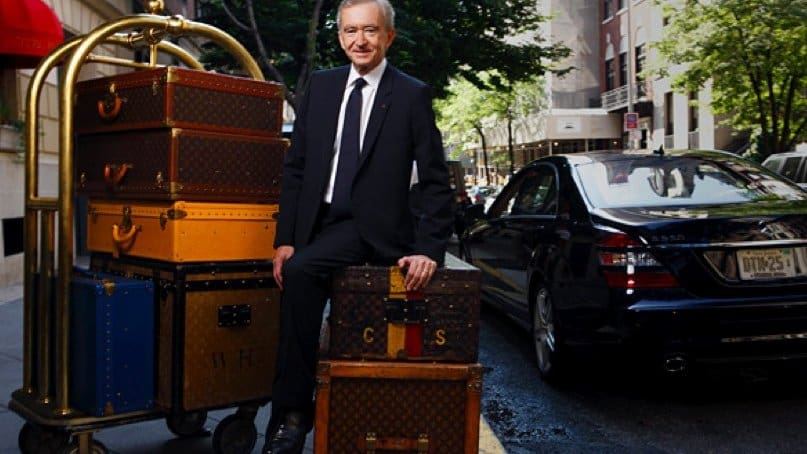Fabio Ciquera, luxury communication strategist and lecturer, discusses the luxury industry shift from craftsmanship to profitability, in light of recent mergers & acquisitions

Fabio Ciquera, luxury communication strategist and lecturer, discusses the luxury industry shift from craftsmanship to profitability, in light of recent mergers & acquisitions
Fabio Ciquera, luxury communication strategist and lecturer, discusses the luxury industry shift from craftsmanship to profitability, in light of recent mergers & acquisitions
The takeover of Bulgari by LVMH, the Italian luxury jewellery company, family-owned since 1884, has been dominating business news for the past week. Bernard Arnault has agreed to pay € 3.7 billion for a 50.4 % stake of Bulgari. According to Bloomberg, this is the biggest takeover in a decade. In financial terms, this is a perfect deal. For the standardisation of the luxury market, this is not the best of news.
The words chosen by Mr Arnault himself to describe the deal, belong to The City more than to Bond Street. LVMH represents the massive shift that the Luxury industry has witnessed in the past decade, where the logic of the profit generated by mass sales has replaced the logic of the unique heritage of independent brands. The Luxury industry is at risk of losing its edge if CEO’s of conglomerates are more visible in the press than their designers and the dream of the labels they own.
The public, the very own target market of luxury brands, will start to feel disgruntled if all they read is about take-overs and profitability. The beauty of the luxury industry resides in the myth and in the mystery of the brand as well as the craftsmanship behind its unique products. Reading about how being part of a conglomerate will improve the profitability of what was an independent brand by creating economy of scale on a global reach is hardly something that will boost the image of the industry.
“ the target market of luxury brands will start to feel disgruntled if all they read about is take-overs & profit ”
One may raise two objections. First, brands’ expenditure on communication is hefty enough to maintain an allure and a sense of exclusiveness. Second, the nature of the luxury industry has changed for good, shifting its attention to the mass market. Both are true, but this industry will loose its shine if it forgets that a central part of the mechanism that makes it work is the attention to its historic clientele, the high net worth individuals that have kept luxury alive for the past two hundred years.
The heritage of a luxury brand is viable because of its patrons, their exclusive, if not bizarre, requests for unique pieces that fuel the dream behind the brand and its imagery. Alienating that part of the market, although small, will reflect on the whole business at different levels. The perception of the product itself may suffer as a result of a standardised production process that will favour industrialization over craftsmanship. The advertising will have to fabricate more intricate messages that will veer away from the features of the products.
“ the industry is at risk of losing its edge if CEO’s are more visible in the press than their designers ”
LVMH is very aggressive in its corporate communication, more so than its competitors, who seem more wary of disclosing details of their business deals. Mr Arnault seems to forget that the mission statement of his own group is to maintain the heritage of the brands he owns, as well as to offer uniquely crafted products. On the contrary, his statements focus on profits and market shares. It will be increasingly difficult for luxury brands of the LVMH to communicate the exclusiveness of their product with this constant stream of business information and the opening of more and more stores (London has eight different locations for Louis Vuitton only). The idea of a craftsman producing one-off pieces is becoming utterly contrived. In 2010, Louis Vuitton had to withdraw an advertising campaign in the UK, which implied that its goods were hand made.
If luxury conglomerates represent the future, their CEO’s should start looking back at the true heritage of their brands and consider that losing sales is what will strengthen the industry as a whole.










